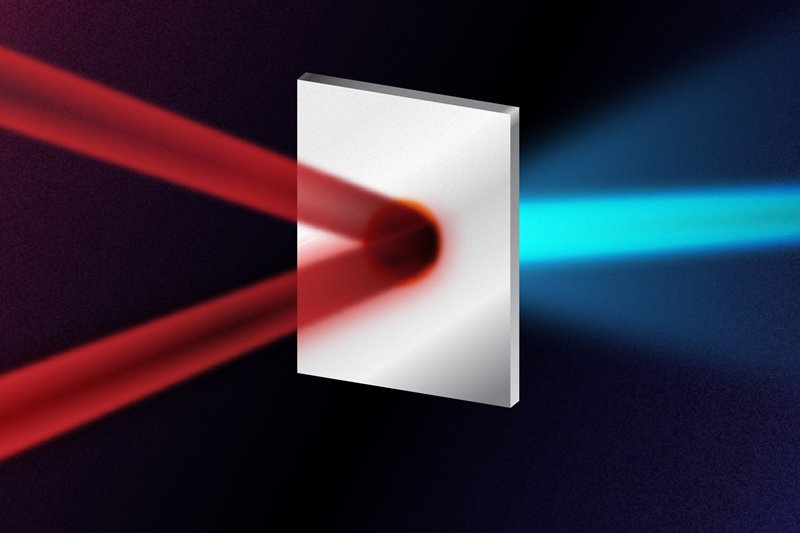
| A standard laser-generated proton beam is created through firing a laser pulse at a thin metallic foil. Simulations now suggest that higher energies can be delivered by instead splitting the laser into two less intense pulses, before firing both at the foil from two different angles simultaneously. When the two pulses collide on the foil, the resultant electromagnetic fields heat the foil extremely efficiently. The technique results in higher energy protons - needed for clinical utility - whilst using the same initial laser energy as the standard method. Image: Yen Strandqvist/Chalmers University of Technology. |
| © 2025 SPIE Europe |
|